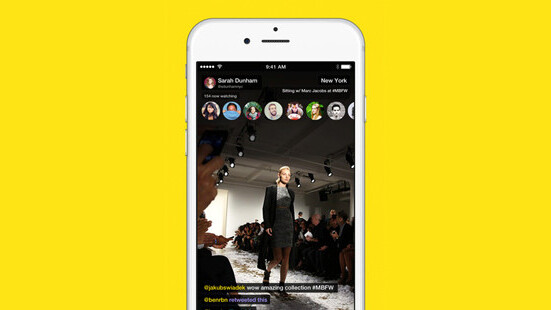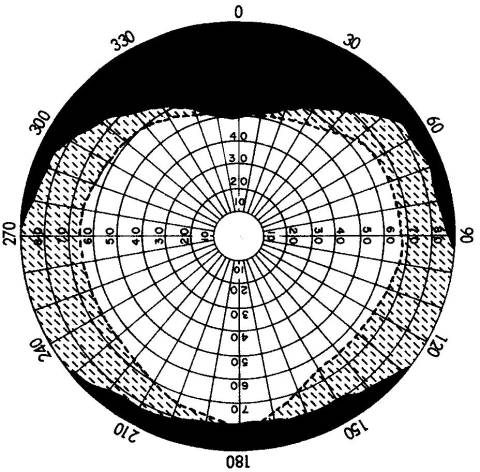
People love to hate on portrait video. I mean seriously love to hate it. A simple Google search for “portrait video” shows basically every blog on the internet that wants to tell you why you shouldn’t shoot video in portrait.
But here’s the thing: portrait video is here to stay. As much as you try to deny it, or stop people from doing it, it’s not going anywhere anytime soon.
It’s still jarring to watch a portrait video on your desktop, which I won’t deny, and people aren’t afraid to express their discontent with it. So why the hate for portrait video?
A study conducted by NASA and uncovered by Boing Boing in 2013 looked at human fields of vision. The diagram below, which depicts human vision, crops to around 16:10 aspect ratio which is a common wide-screen format. It’s only logical that it was quickly adopted.
Since all screens have been traditionally horizontal by default for decades — until smartphones came along — this made total sense.
However, as usage patterns have changed and smartphones have swamped the world, this is being turned upside down.
 The advent of mobile-only apps like Snapchat, Meerkat and Mindie are driving the adoption of portrait video rapidly. It’s seemingly everywhere now and it’s unstoppable.
The advent of mobile-only apps like Snapchat, Meerkat and Mindie are driving the adoption of portrait video rapidly. It’s seemingly everywhere now and it’s unstoppable.
The first time I ever watched well-produced video that was entirely filmed in portrait was on Snapchat’s new Discover platform.
Granted, the video’s content itself was pretty bad, but portrait video that’s designed for your entire phone was actually awesome. There’s some really interesting new things content creators can do to use the space available to them.
As media consumption trends shift and focus even more heavily on content created on mobile devices, portrait video only becomes increasingly logical.
When I started hearing about Meerkat, the new app that makes it easy to stream live video right to Twitter, at first I thought it was a bit silly, but as I started watching live video on my phone, I realized that portrait-first is actually a great way to consume in a smartphone world.
Often, in the moment it seems natural to film in portrait and even more natural to watch on my phone important. That’s exactly what I’m watching play out on Meerkat; it’s nearly all in portrait and it’s awesome.
J ust how big is mobile video getting? In a word: enormous.
ust how big is mobile video getting? In a word: enormous.
YouTube reports that over half of its visitors are now on a mobile phone. Facebook says that 65 percent of people watching a video are using a mobile device.
Ooyala, a video analytics company, said in a report that mobile video growth has increased by 400 percent in just two years. It’s unprecedented, but is being aided by increasing data caps and better mobile speeds.
Because of this, portrait is becoming the new way to share and watch video from phones. The way that apps are now being designed is only furthering this trend.
The horizontal, wide-screen experience is becoming secondary, because phones are rapidly outgrowing the desktop for video consumption.
I believe that portrait video will be the new default simply in a matter of time as more apps support it. This isn’t a popular opinion, but it’s something that’s happening right now. It’s time to stop hating on portrait video and embrace it.
You’re going to be seeing it everywhere, a lot more.
Get the TNW newsletter
Get the most important tech news in your inbox each week.





